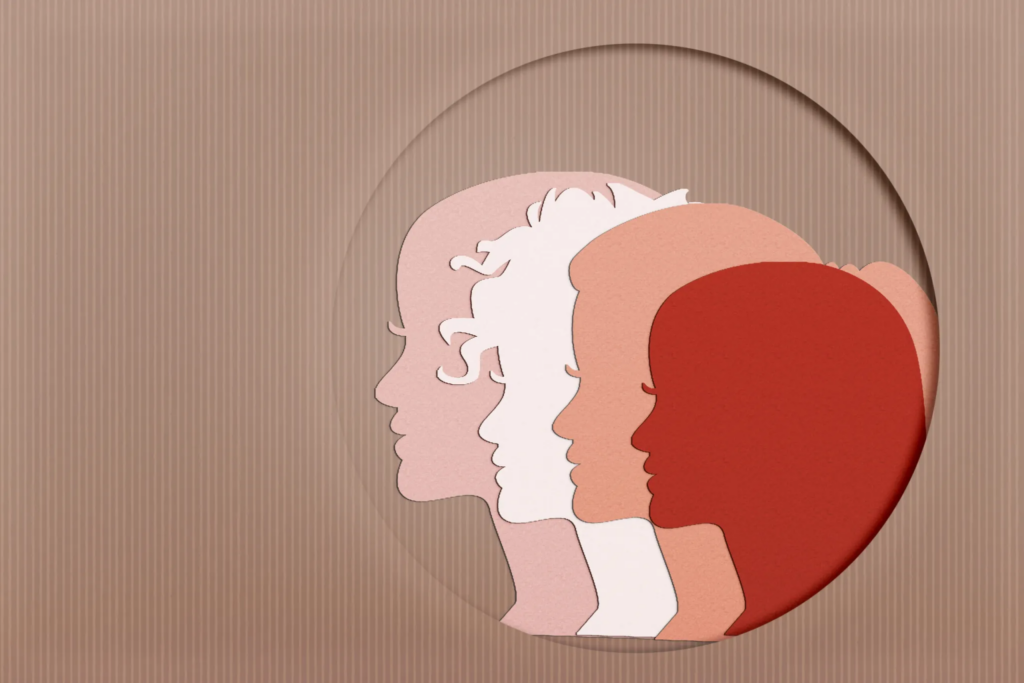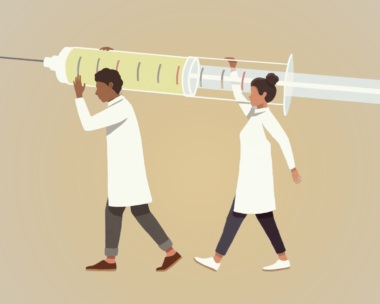May 8 is recognised as World Ovarian Cancer Day, a day dedicated to raising awareness and promoting research about one of the most deadly cancers that affects women.
According to the Cancer Australia, more than 1,700 people were estimated to be diagnosed with cancer in the ovaries in 2023 with the average age of diagnosis being 64 years old.
With this in mind, here is everything you should know about ovarian cancer.
What is ovarian cancer?
Ovarian cancer is where malignant (cancerous) cells begin to grow in one or both of the ovaries. There are three types of growths that are typically associated with this form of cancer:
- Epithelial ovarian carcinomas: This is caused by cells on the outside of the ovary and is the most common type of ovarian cancer, being responsible for around 90 per cent of diagnoses.
- Germ cell tumours: These tumours affects around 4 per cent of diagnoses and arises from cells which produce eggs.
- Stromal cell tumours: The rarest of the tree, stromal cell tumours develop in the structural connective tissue cells that produce hormones.

What are the symptoms of ovarian cancer?
The most common ovarian cancer symptoms are:
- Abdominal bloating
- Difficulty eating or feeling full quickly
- Frequent or urgent urination
- Back, abdominal or pelvic pain
- Constipation or diarrhoea
- Menstrual irregularities
- Tiredness
- Indigestion
- Pain during intercourse
- Unexplained weight loss or weight gain.
Despite this, cancer institutions agree that the bleak reality of this particular type of cancer is that the symptoms are so vague and synonymous with other ailments that it can be especially hard to diagnose.
What are the risk factors of ovarian cancer?
According to Cancer Australia, there are certain risk factors that may mean you have a higher risk of developing cancer in the ovaries. These include:
- A family history of ovarian cancer, breast cancer or colon cancer
- Being of Ashkenazi Jewish descent
- A mutation in 1 of several known genes, including BRCA1/2
- Having a genetic condition, such as Lynch syndrome, also known as hereditary nonpolyposis colon cancer or HNPCC)
- Increasing age
- Medical conditions such as endometriosis.
- Use of hormone replacement therapy (HRT)
- Smoking
- Obesity.

What treatments are available?
Concerningly, there is currently no screening test that is effective for catching ovarian cancer early on. This means that around 70 per cent of women get diagnosed in the advanced stages. Around 29 per cent of these women are expected to survive beyond five years of their initial diagnosis.
“It’s not like a breast cancer screening where we can easily and accessibly perform imaging of the breast, the ovaries are more challenging,” Dr Nicola Meagher, Research Fellow at The Daffodil Centre, a joint venture between the Cancer Council NSW and the University of Sydney, tells The Weekly. “There are experts working across the globe to find effective screening methods.”
What does the future of prevention look like?
“It’s not a single disease, when we look through a microscope there’s a lot of different types of ovarian cancer,” Dr Meagher says. “That can make things tricky in terms of research and clinical trials to improve treatment options. We have to work internationally to gather large numbers of patients to understand this rare disease.”
Dr Meagher was recently awarded the Australia New Zealand Gynaecological Oncology Group Michael Friedlander AM Award after being recognised as a future leader in ovarian cancer research.
“One of the biggest developments in recent years is that there is a new treatment called PARP inhibitors for the most common type of ovarian cancer, which is called High-grade serous carcinoma.”
“In Australia, we also now have Medicare-funded testing to see whether patients are eligible for this emerging treatment. The PBS will fund this treatment which will hopefully see a shift in terms of the survival rate.”
In the meantime, Ovarian Cancer Australia has a range of excellent resources for women, including a symptom diary where you can track anomalies and give to your doctor.
Whilst there’s still a long way to go, Dr Meagher says that as far as ovarian cancer trials and research goes, Australia is making great strides.
“Australia is punching above our weight when it comes to trials and research. A lot of the success stories around research are coming out of our country. The Australia New Zealand Gynaecological Oncology Group in particular is a really solid and collaborative group of clinicians and researchers that work closely together.”



